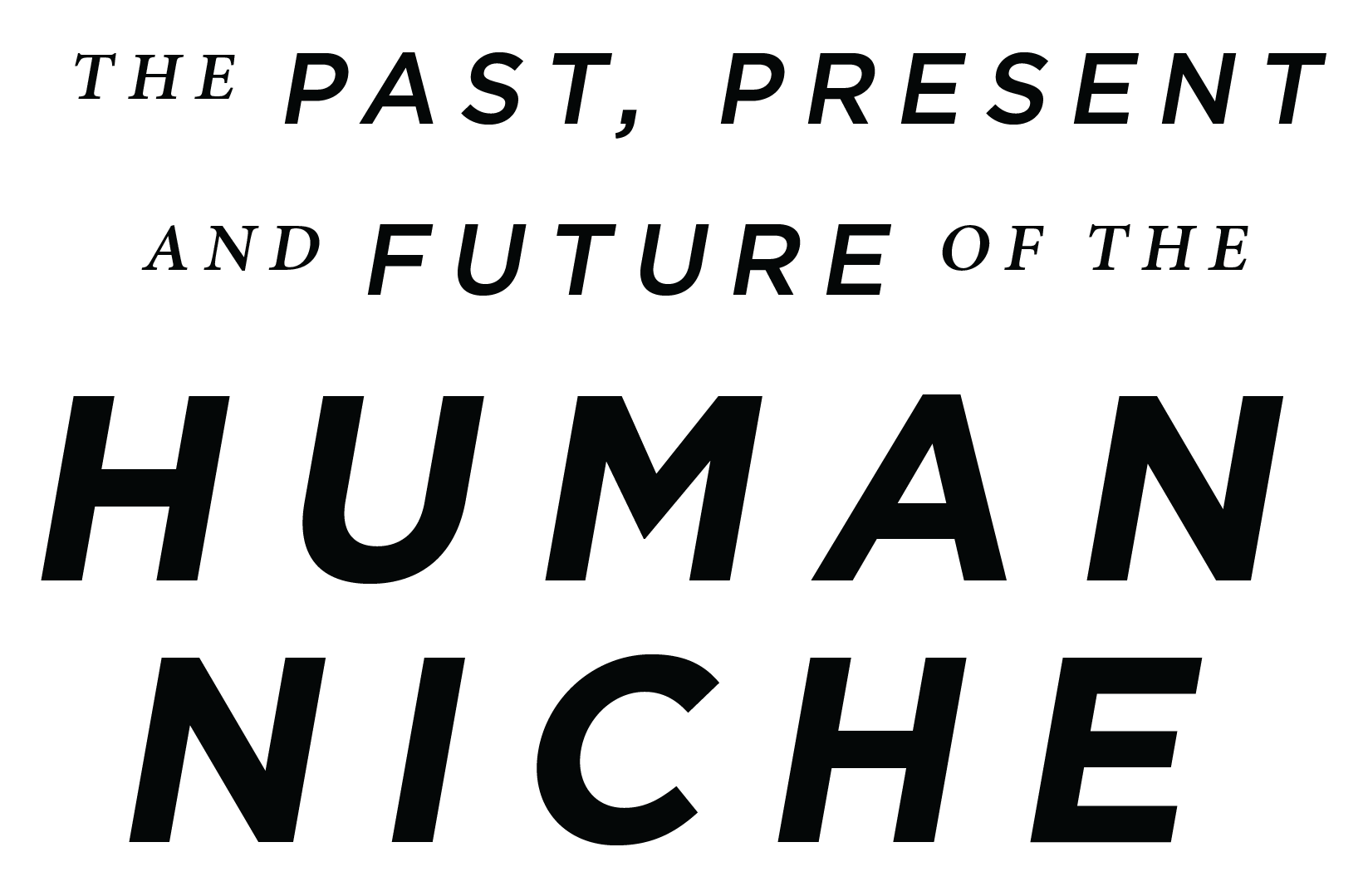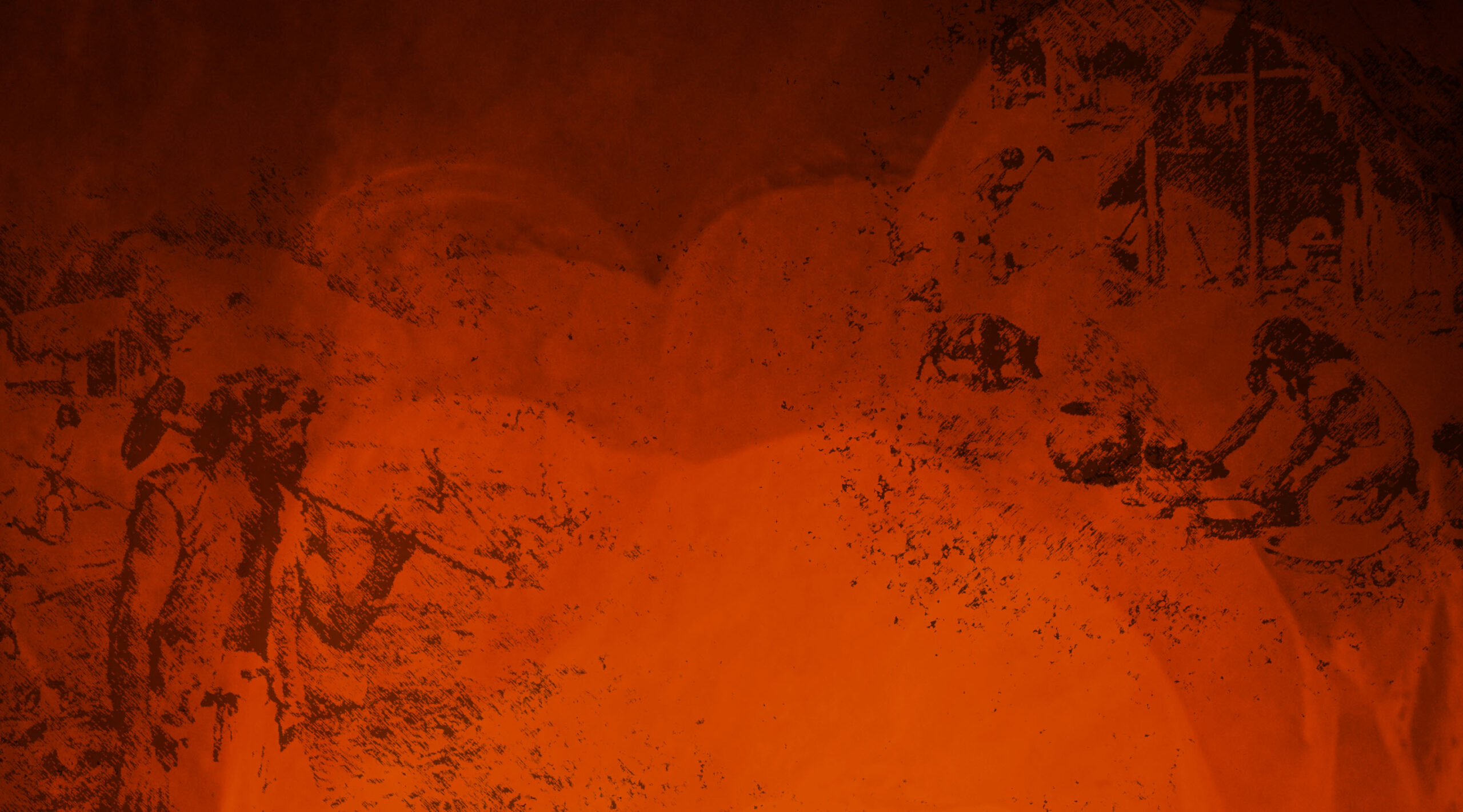Dr Laurel Fogarty
Senior Scientist at the Max Planck Institute for Evolutionary Anthropology – Department of Human Behavior, Ecology and Culture
Too different to be helpful, or too helpful to be ignored? Humans as a model organism for evolutionary biology.

In her wide-ranging and fascinating talk ‘Why Evolutionary Biology Needs Anthropology’, Dr. Melinda Zeder made a compelling argument that most (or all?) processes that are central to the extended evolutionary synthesis are present in human-domesticate relationships. The talk was a convincing exposition of the importance of a plurality of processes generally considered to lie outside of the modern synthesis to human evolution, and indeed to that of species whose evolution is tightly linked to our own. Dr. Zeder also made a clear case that in order to understand human and human-associated evolution, we must strengthen and extend evolutionary theory to fully account for those processes.
However, one of the most interesting and perhaps controversial conclusions that Dr. Zeder reached was the following: if we are looking for a model system in which to study the central tenets of the extended evolutionary synthesis, and test them against the predictions of the modern synthesis, we should focus on our own species—humans and their domesticates make the ideal model system. The idea that we can study humans and in doing so gain general insights into fundamental biology has a long and controversial history. It is important, then, to be clear about the benefits of, and even more so the limitations to, humans as a model in evolution. This is a particularly urgent task for proponents of the extended synthesis, where several putatively important evolutionary processes are already considered by many to be limited in scope and effect.
The most important limitation to address is also the most obvious: humans are weird. Or, as Kim Sterelney (Sterelney, 2017) suggested much more eloquently, we may be ‘radically unlike’ any other animal. We are complex cooperators, potent niche constructors, and extreme cultural accumulators. Of course, all species (including those routinely accepted as model organisms) are ‘unique’ in many respects and each, naturally, in their own way. So why worry about humans in particular? Well, the troubling aspect of human uniqueness is not that we have evolved unique life histories or cognitive capabilities (although we have), it is that human evolution is dominated by mechanisms, like gene-culture coevolution, that play little or no role in the evolution of any other species. Because of this we must carefully consider what insights gained from studying the evolution of humans we can generalise to other species, and which are necessarily limited. As Dr. Zeder rightly points out in her talk and elsewhere (e.g. Zeder, 2018) it is impossible to cogently argue that humans exist somehow outside nature—we are products of evolution and general insights from evolutionary theory apply to humans in the right setting as they apply to any other organism in the right setting. However, there are two questions here, which can be conflated. First—can we use evolutionary theory to explain extremes and anomalies like humans? And, second—can those extremes and anomalies tell us something general about evolution? The answer to the first question is clearly yes (with the caveat, I think, that we must take the extended evolutionary synthesis seriously to do so), but the answer to the second question is less clear.
One might argue that the benefit of using humans as a model species is also exactly what I suggested earlier as its major drawback: our uniqueness. For example, in humans we find niche construction of perhaps unparalleled scale and strength. Is this not, then, the best place to look at how niche construction works? That depends on what questions we want to answer. If the question is ‘can we map the limits of what niche construction can do?’ maybe humans are the best species to study. If the crucial question is ‘what role does niche construction play in evolution – is it a process equal in significance to natural selection?’ then humans, or any outlier, might not be a natural choice of model species.
All of this is to say, that the study of human evolution especially in the light of the extended evolutionary synthesis is crucial work in its own right but the circumstances in which it can offer us substantial generalisable insight may be limited. Of course not everything can make it into a talk (especially such a rich and varied one) so I was left curious whether Dr. Zeder considers the proposed model system to have limits with regard to generalisability and if she could offer her insights into ways of mitigating concern from critics on this point. And finally, whether she can guide those who might take up domestication as a model system for the EES towards identifying, understanding and working within these limits.
References
Sterelny K. 2017 Humans as model organisms. Proc. R. Soc. B 284: 20172115. http://dx.doi.org/10.1098/rspb.2017.2115
Zeder, M. A. 2018. Why evolutionary biology needs anthropology : Evaluating core assumptions of the extended evolutionary synthesis. Evolutionary Anthropology: Issues, News and Reviews 27:267–284.




